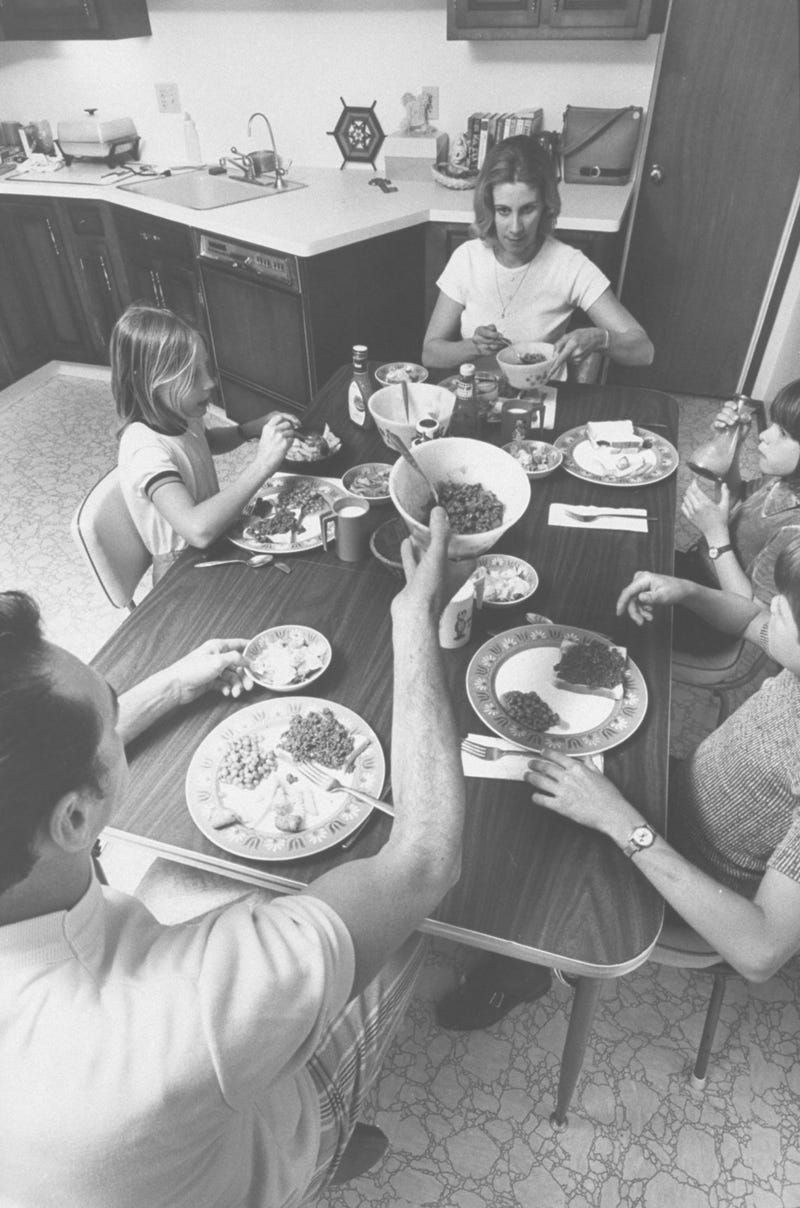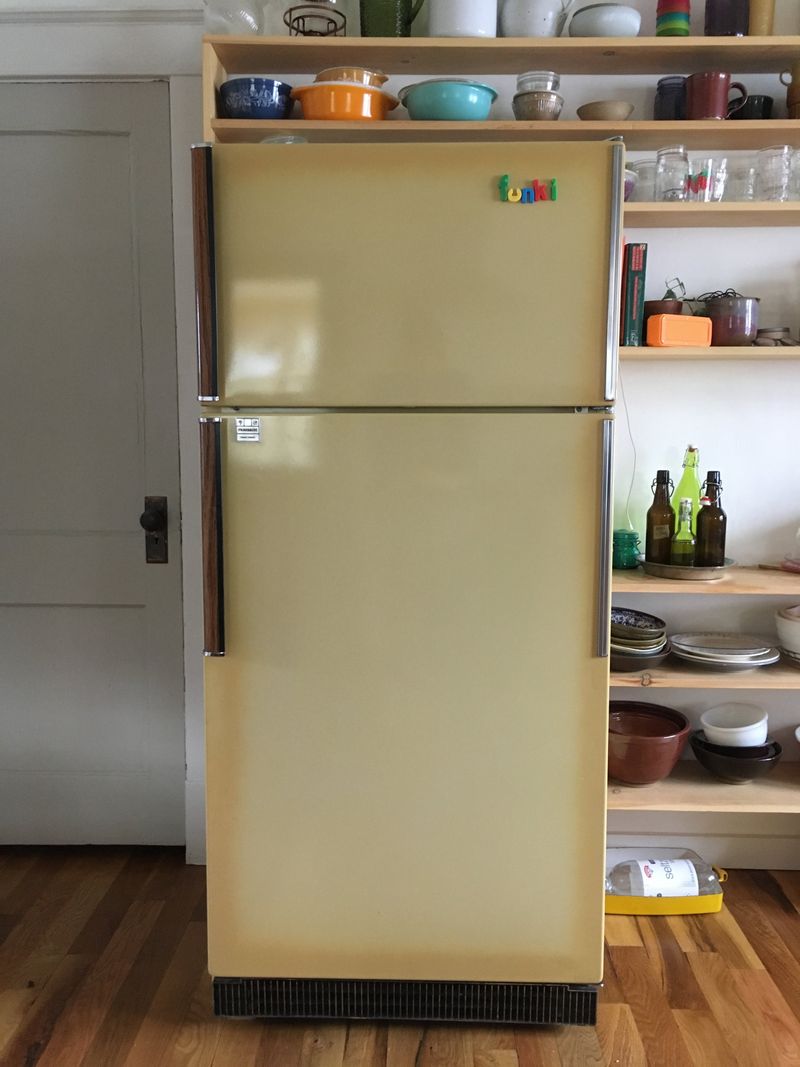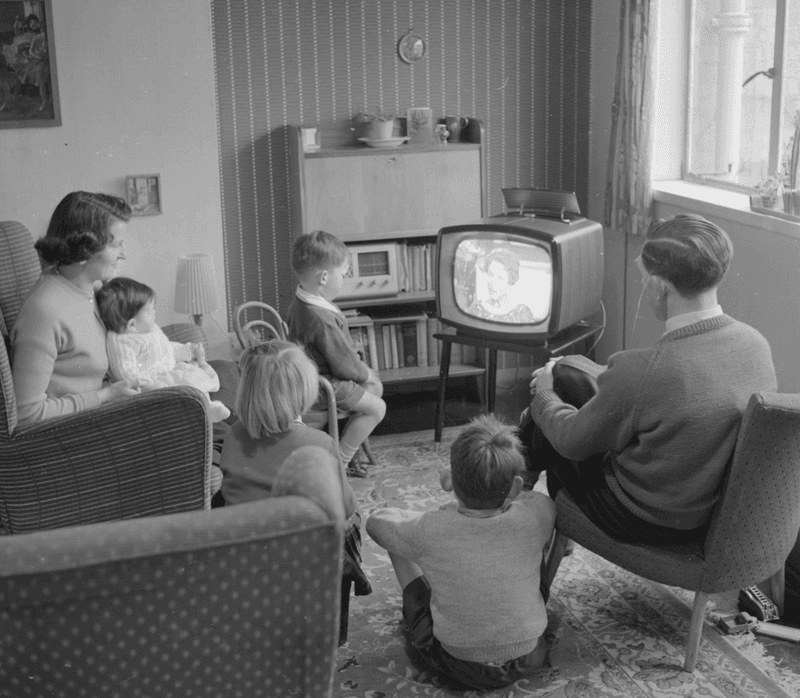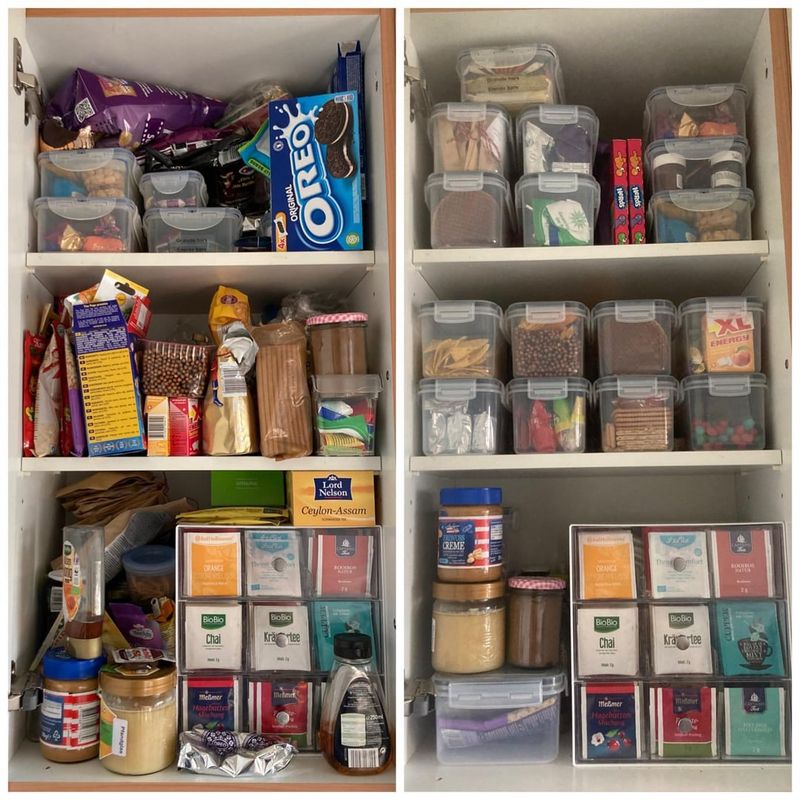House rules can be fascinating, especially when they reflect the quirks and traditions of a bygone era.
Here, we explore 18 peculiar house rules that friends encountered in the past, showcasing the unique and sometimes bewildering customs that defined those times.
1. The microwave was off-limits.
In some households, the microwave was a mysterious contraption, revered yet off-limits. Only adults wielded the power to heat leftovers or prepare quick snacks. Children were warned to stay away, as if it housed a magical secret.
Parents believed kids would misuse it, leading to potential chaos or, worse, the dreaded explosion. Imaginations ran wild, picturing sparks flying and food splattering everywhere.
This rule often left young ones wondering about the forbidden wonders the microwave could conjure. It was a symbol of adult authority, something to aspire to use one day.
2. Only water was permitted for drinking.
At some friends’ houses, the only drink option was plain water, no matter how parched you felt. Soda, juice, or even milk were rare treasures reserved for special occasions.
Parents insisted water was the healthiest choice, a rule that disheartened young guests eager for a sugary treat. This was often justified with tales of hydration and purity.
Despite the simplicity, it taught children the value of the most basic refreshment. Yet, the allure of forbidden bubbles and fruity flavors lingered long after leaving the table.
3. A prayer had to be recited before every meal—even for snacks.
Religious devotion permeated every meal at certain homes, requiring a prayer even before the smallest morsel. Snacks were no exception, with a moment of gratitude preceding even a quick bite of fruit.
This rule instilled a sense of reverence for food, emphasizing the importance of mindfulness and appreciation. Children learned patience and respect, as meals became more than just sustenance.
For guests, it was a cultural exchange, offering a glimpse into practices that connected family and faith, one bite at a time.
4. The formal living room was a strict no-entry zone.
The formal living room, with its plush furniture and immaculate décor, was often a forbidden zone. Children were strictly instructed to admire from afar, never crossing the threshold.
This area symbolized sophistication and order, reserved for special guests and occasions. It was more a museum than a living space, where nothing could be out of place.
While young ones itched to explore, they respected its sanctity, understanding it as a testament to style and adult responsibility.
5. Speaking at the dinner table was prohibited.
At some dinner tables, silence was golden. Children were expected to eat quietly, as talking disrupted the meal’s solemnity. This rule intended to teach respect and focus during mealtime, fostering an atmosphere of calm and reflection.
However, young minds buzzed with unspoken thoughts, craving conversation. While challenging for social butterflies, it encouraged listening and observation, skills that would serve them throughout life.
The rule was about creating a peaceful dining experience, where the food took center stage.
6. The refrigerator was completely off-limits.
In certain homes, the refrigerator was a no-go zone for kids. Adults were gatekeepers of its treasures, ensuring everything inside remained orderly.
This rule aimed to maintain food supplies and prevent clutter, as children might rearrange or consume items unpredictably. For young visitors, it added an air of mystery to the kitchen, as they wondered what delights lay hidden within.
Respect for boundaries and property was a lesson learned, even if the temptation to peek was ever-present.
7. Bedroom doors were never to be closed.
Privacy took a backseat in homes where bedroom doors remained open. Parents preferred visibility and connection, ensuring activities were transparent. This rule promoted familial trust and communication, encouraging an open atmosphere.
While it might have felt intrusive at times, it aimed to foster safety and togetherness. For friends visiting, it meant a glimpse into family life with no secrets hidden away.
It was about balancing independence with a sense of belonging, where openness prevailed.
8. You had to finish everything on your plate, no exceptions.
Waste not, want not was the mantra in households demanding clean plates. Children were encouraged to appreciate every bite, leaving nothing behind. This rule instigated gratitude and awareness of food’s value, discouraging pickiness and wastefulness.
Guests faced the challenge of unfamiliar dishes, learning to adapt and respect the host’s customs. While it might have tested taste buds, it reinforced a lesson in respect and gratitude—an enduring principle beyond the dinner table.
9. No footwear allowed—not even socks.
Barefoot was the norm in some homes, where even socks were seen as dirt carriers. This rule emphasized cleanliness and comfort, preserving pristine floors. Guests learned to adapt quickly, appreciating the cozy feel of carpets and the liberation of bare feet.
While unusual, it taught respect for cleanliness and the host’s efforts to maintain their home. It provided an intimate and relaxed atmosphere, where everyone felt at ease.
10. Ice cubes were not allowed in drinks.
Some families shunned ice, believing it diluted flavor and tradition. Drinks were served as they were, enhancing taste and texture. This rule was about appreciating beverages in their pure form, savoring the warmth or chill naturally present.
For guests, it was an adjustment, but also a lesson in cultural preferences and respect for diversity. It encouraged mindfulness in the simplest of pleasures, from the first sip to the last.
11. Flushing the toilet at night was absolutely forbidden.
In some households, nighttime tranquility was paramount, prohibiting toilet flushing after dark. The noise was seen as disruptive to sleep and peace.
This rule underscored the importance of respecting communal living spaces, fostering an environment of restfulness.
Guests quickly adapted to this quiet custom, learning to tread lightly and respect the household’s harmony. It was a unique way to cultivate consideration and care for others.
12. The TV had to remain on a designated channel at all times.
In some homes, the TV was a static feature, perpetually tuned to an approved channel. This rule often reflected parental control over content. It aimed to regulate exposure to certain programs, ensuring family-friendly viewing.
Young minds were guided in their entertainment choices, albeit with limited variety. For visiting friends, it was an exercise in patience and adaptability, often sparking curiosity about different shows and genres. It taught the value of shared experiences, even in viewing habits.
13. The snack cabinet was reserved solely for adults.
In certain houses, snacks were a guarded treasure, accessible only to adults. This rule maintained order and portion control, preventing overindulgence. While children peered longingly, it was a lesson in patience and restraint.
The allure of forbidden treats made them even more desirable. For guests, it meant respecting boundaries and understanding the importance of moderation. It was a unique approach to managing cravings in a world full of temptations.
14. Certain words were banned, even if they weren’t truly offensive.
Some households had linguistic boundaries, banning words deemed inappropriate or disrespectful, even if they weren’t truly offensive. This rule aimed to cultivate a respectful and positive environment, encouraging thoughtful communication.
Children learned to express themselves in creative ways, expanding their vocabulary without crossing lines.
Guests quickly adapted, understanding the family’s values and expectations. It was a journey in communication, fostering harmony through mindful speech.
15. The entire house was required to shut down at a specific time.
In some homes, a strict curfew governed bedtime, with lights out at a designated hour. This rule ensured rest and routine, promoting healthy sleep habits.
It emphasized the importance of structure and discipline, with the entire household winding down in unison.
Guests adapted to this routine, learning the value of balance between activity and rest. It was a reminder of the rhythms that sustain us, even in the hustle of daily life.
16. You were required to address your parents in an extremely formal manner.
In certain families, respect was synonymous with formality. Children addressed parents with titles that echoed tradition and deference. This rule reinforced hierarchies and cultural identities, preserving customs across generations.
It was both a lesson in respect and a window into history. For visiting friends, it was an exercise in understanding and partaking in different familial dynamics, a testament to the diverse ways respect is manifested.
17. There was a “special” object in the house that you weren’t allowed to touch.
Every house had that one ‘special’ object—untouchable and revered. Whether a fragile vase or an heirloom, it symbolized history and pride. This rule taught boundaries and the importance of preserving the past.
While children admired from afar, they learned about responsibility and reverence. It was an exercise in self-control and appreciation for family heritage, a lesson extending beyond the object’s physical presence.
18. Sitting on the “fancy” couch was forbidden.
The ‘fancy’ couch, draped in opulence, was a visual masterpiece reserved for special occasions. Children were warned to keep their distance, maintaining its pristine condition.
This rule highlighted the importance of preserving beauty and order in shared spaces. It was an education in respect for property and the aesthetics of home life.
Guests learned to admire elegance without intruding, embodying the balance between admiration and abstinence.


















